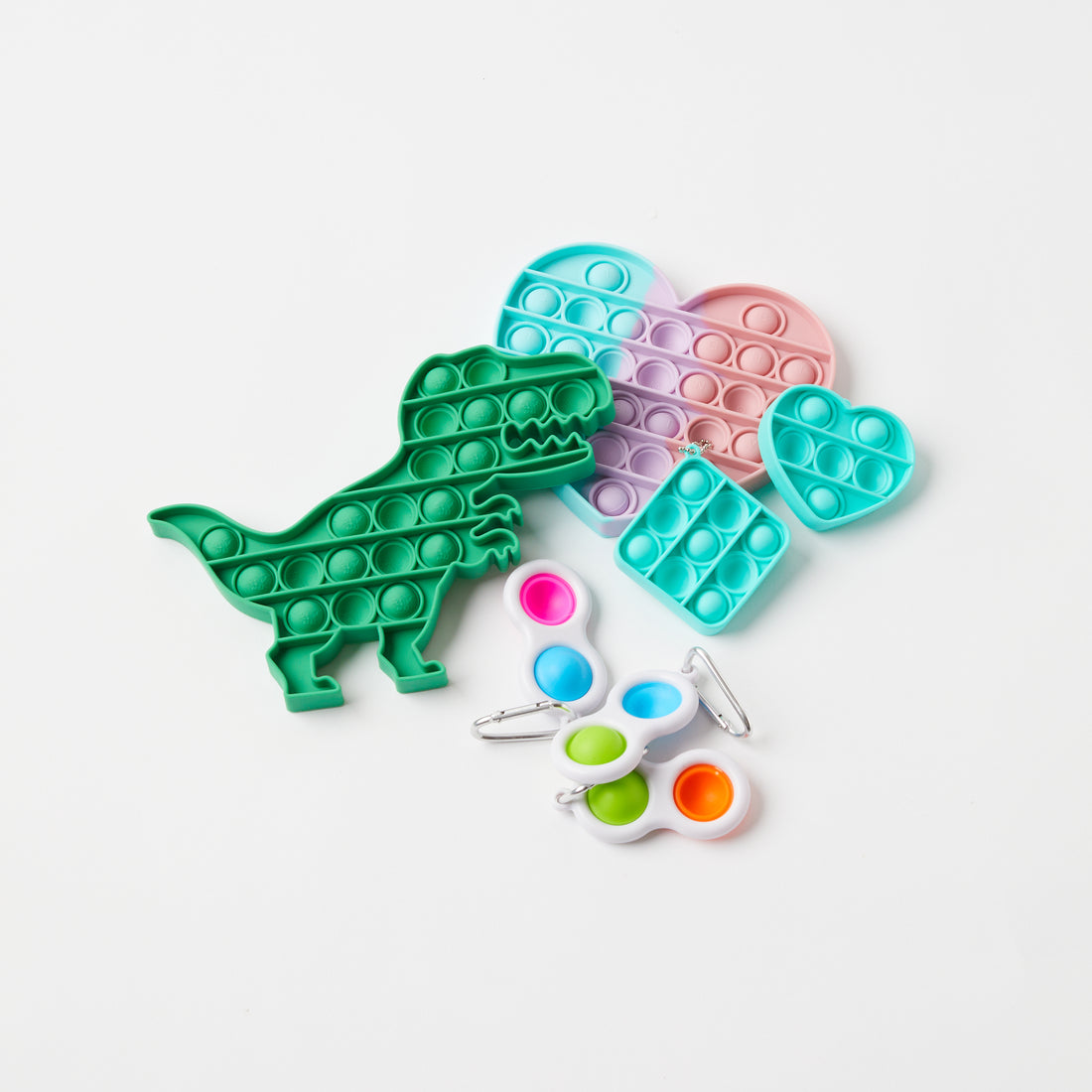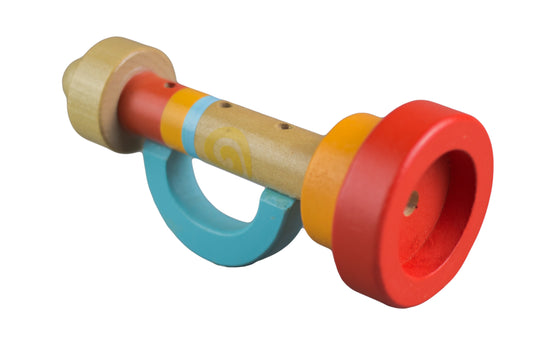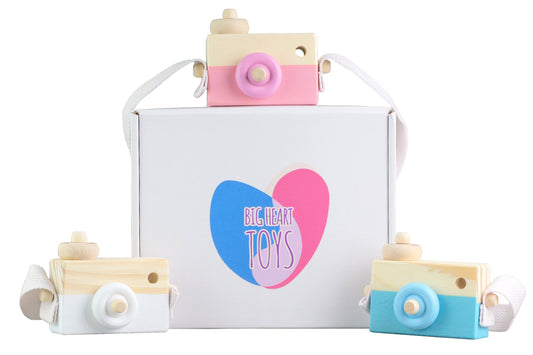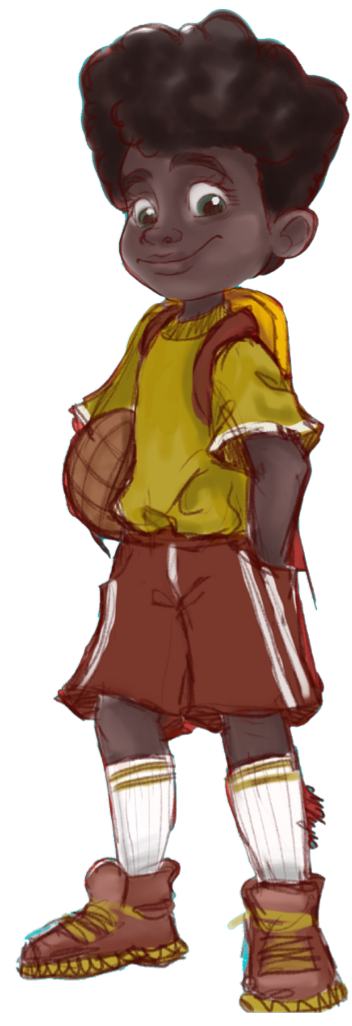It can sometimes be a little tricky to find things to do with our children. When kids are a bit more sensitive to outside stimulation and have particular sensory needs, it can feel overwhelming to find fun activities that they can handle.
If your child is autistic, it means you might have to get a bit creative during playtime. Your child is sweet, bright, and unique — they just get overwhelmed by certain forms of stimulation. That means the way you play with them may be different from what playtime looks like for another kid. Every child is different, and that’s part of the beauty of parenting.
Below, you’ll find unique ways to engage your autistic child’s imagination and make playtime more fun.
1. Play With a Sensory Bin
Everyone has their own sensory needs. When you have autism, those needs might just be a little more complex and specific. These needs are the ways your child engages their five senses — smell, taste, sight, hearing, and touch — to feel comfortable and balanced.
Examples of sensory needs include having music in the background during playtime, dimming the lights (or keeping them bright), having a view of the outdoors through a window, or chewing gum.
Of course, touch is a key aspect of play — and even more so for autistic children. Tactile sensations and unique textures can make play more engaging. Sensory kits give you a wide array of objects with their own distinct textures, and they come in handy when you and your child are looking for a new favorite activity.
You can buy sensory kits, or you can make them on your own.
How To Make a Sensory Bin
Start with a base. This is something that engages your child’s tactile senses and makes them feel grounded and comfortable.
The base can be sand, water, water beads, goop or slime, dirt, or even dried foodstuffs like beans, rice, or corn. Every kid has their own preferences regarding touch, so pick a base that you know fits your child’s sensory needs.
For example, if they like cool, smooth textures, you might want to use small pebbles or pieces of gravel. On the other hand, they might prefer rougher items. In this case, sand is a terrific base for a sensory bin.
Add in small toys such as cars, plants, sea animals, land animals, or little dolls. Lastly, throw in any tools that might be fun to use, such as a miniature shovel or rake, measuring cups, or droppers.
Of course, if you use a food item as part of your sensory kit, make sure your child is old enough to know it’s not food for eating.
The bin can be any sort of plastic container. Using small rectangular boxes that have lids can be especially helpful when making your own sensory bin. With these reusable containers, you can easily start over with another sensory bin idea when the time comes; just empty the container, wash it out, and start fresh.
2. Start a Collection
This is an activity that will engage your child’s brain by creating a collection of engaging objects to look at, touch, and interact with.
Starting a collection can be a wonderful way to help them learn more about one of the subjects they are interested in, boost their confidence, and be motivated. Some collection ideas include rocks, books, sports cards, coins, and Pop Its.
You know your child better than anyone, and you know what gets them excited and piques their interest. If they’re currently on an airplane kick, start a model plane collection. If they’re learning everything they can about dinosaurs, find them some new books on prehistoric life. The possibilities are endless!
3. Paint
Many autistic children are visual learners. A calming and enjoyable activity to try starts with breaking out the paint and paper. There are plenty of different ways to set up your little artist for success.
You can roll out butcher paper and take the paints to the floor. Or, you can use different brushes and paint on smaller sheets of paper. Another idea is to paint in a bag; put paint dabs on paper, then put them inside a large Ziploc bag, letting them use their fingers to push the paint where they want it. As a bonus, this is mess-free!
The creativity doesn't have to end here. You might even end up with some treasures to hang on the wall or the fridge!
4. Play Dough
This is a favorite for one and all. Play, mold, mix and let the fun begin. While there are play dough sets you can use, you can also be creative using cookie cutters and different items around the house.
Be playful and see what cuts play dough best. Try a butter knife, a block, or a rolling pin. The laughs will fill up the house when you try to use different items.
5. Obstacle Course
Get those little bodies moving! Give your kids a puzzle to figure out and pique your child's interest. An obstacle course can be both an outdoor and indoor activity — you can use jump ropes, hula hoops, tubes, and pillows.
Use your imagination and set up a course that is just right for your child. Plus, a treat at the end of the course is a fantastic incentive and adds to the excitement.
6. Scavenger Hunt
A scavenger hunt is a blast for groups, but it’s also fun for just you and your child.This also is a wonderful activity that can be modified for outside or inside enjoyment. Find items around the house and hide them — or do the same with objects you find in nature. Make a list of items your child needs to find, and accompany them on their journey. Feel free to give hints if needed!
7. Build Something
Build, take apart, repeat. This awesome option keeps kids’ minds and hands busy. You can build with regular blocks, cloth, or plastic. Legos and similar toys are also terrific choices, and your child might already have some in their toy collection.
Grab a construction set and let your child’s imagination go wild!
8. Sand Play
This is like the sensory bin idea on a larger scale. Play with sand together for as long as you want, building structures, digging, or just feeling it in your hands. You can use a sandbox outside or opt for a Kinetic Sand Box to bring the beach to your backyard.
We recommend kinetic sand over outside sand. There is a distinct difference in texture and the way the sand builds. With kinetic sand, you can build up structures and shapes without adding water. Plus, this type of sand is not as coarse as outdoor play sand.
When you have a child with specific sensory needs, this can make a difference in how they interact and play with the sand.
9. Water Tables
This calming activity is easily done inside with your tub or an empty sink. Our recommendations are to use a kiddie pool or a water table if you have one.
You might be surprised to see how long your child will want to play in the water. You can also go bigger with water play — and that leads to the next idea: swimming.
10. Swimming
Dive in! Immerse your whole body in the water and bring the toys along. Cool swimming toys include floaties, dive toys, kick boards, and noodles.
If pools aren’t your favorite, try heading to a lake or even pulling out the hose or sprinklers.
11. Tell a Story Game
This works best when you can both sit together and have some time between other things you are doing. Nothing is required but a little bit of spontaneous communication.
You start the story, or they can start. Then, the other person will fill in the blanks of what happens next. That will happen until it is time to wrap up the story and you say “the end.”
There are many themes you can explore with this game, and it helps your child with conversation and can lead to silly outcomes and fun for all.

12. Animal Care
Not all children love animals, but those who do really love them. Make caring for animals a part of your list of fun things to do together.
One big bonus here is that animal care can help to destress your child. You can teach tricks to a dog, use a laser pointer to play with a cat, or feed carrots to a rabbit. Whatever animal you have in your house, they can make a fantastic playmate for you and your child.
13. Pretend Play
You and your child can be anything and everything you want. Big dinosaurs stomping around? Check. Teeny tiny ants digging tunnels? Check. Chefs at a five-star restaurant in Paris? Absolutely.
You could also just ask your child what they would like to pretend to play; they might already have a few ideas.
14. Puzzles
Puzzles are a peaceful way to sit and focus together. Quiet time can be joyful as well. You can put on your child’s favorite music if this activity feels too quiet. Time yourselves to see how long it takes to put one together. It’s surprising how nice it is to slow down for puzzle time.
15. Video Games
Video games can be great with careful choices! There are many two-player games to choose from that are collaborative and constructive. However, some video games can be overstimulating, so make sure to pay attention to how your child feels.
Get Playing Today
The list could go on and on. We hope our ideas give you some inspiration for imaginative things to do with your child. Don’t wait; pick something from the list and start having fun together today!
Sources:
10 Hobbies and Activities to Enjoy With Your Autistic Child | Very Well Health
Pets May Help Parents of Kids With Autism Fight Stress | Children's Health Orange County
Thinking and learning strengths in autistic children and pre-teens | Raising Children Network





